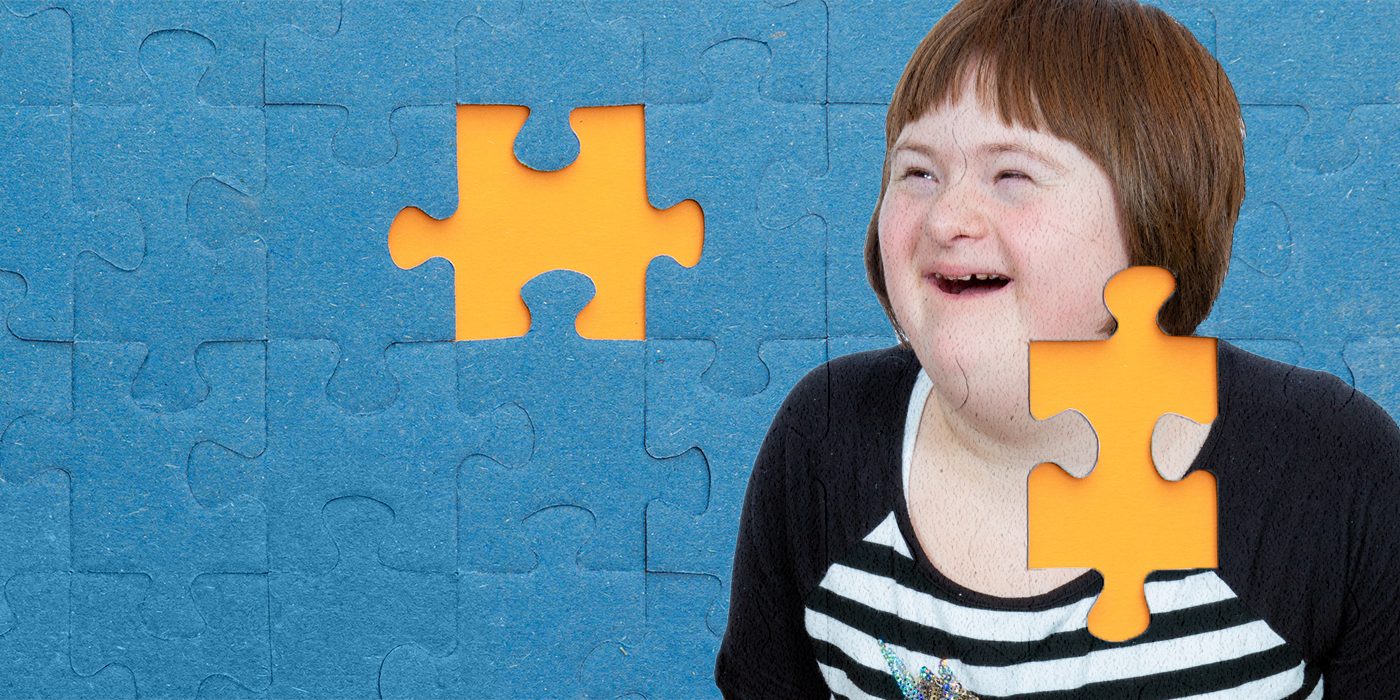Browsing Social Challenges: Tips for Individuals Dealing With Autism
Browsing Social Challenges: Tips for Individuals Dealing With Autism
Blog Article
Exploring Autism: Methods for Reliable Interaction and Interaction
Effective interaction and communication with individuals on the autism range necessitate a detailed understanding of their special requirements and preferences. Approaches such as utilizing clear language, using aesthetic assistances, and promoting constant regimens can substantially improve engagement and decrease anxiety. Identifying the importance of non-verbal signs and shared rate of interests leads the method for purposeful links. The details of these approaches expose more considerations that warrant exploration, especially in how they can be adapted to private experiences and varied contexts. What might these adjustments appear like in practice?
Comprehending Autism Spectrum Disorder
Autism Range Disorder (ASD) incorporates an array of neurodevelopmental conditions defined by challenges in social communication, communication, and repetitive behaviors. The term "spectrum" shows the varied manifestations and differing degrees of seriousness experienced by people with ASD. While some might display substantial problems, others may display high-functioning qualities, permitting greater freedom in day-to-day live.
The start of ASD usually takes place in very early childhood, with indicators commonly identifiable by age 2. Early signs may include delayed speech advancement, minimal eye get in touch with, and troubles in recognizing social hints. The precise etiology of ASD continues to be unclear, research recommends a mix of environmental and genetic elements plays an essential role in its growth.
Individuals with ASD usually possess distinct strengths, such as increased interest to information and remarkable memory skills. However, they may fight with recognizing abstract principles and handling modifications to routine. Because of this, treatments and assistance tailored to individual needs are important for fostering interaction and social abilities. Acknowledging the complexity of ASD is essential for advertising understanding, acceptance, and effective approaches that assist in significant interactions with people on the spectrum.

Significance of Clear Communication
Efficient communication is essential for fostering understanding and link, specifically for people with Autism Range Disorder (ASD) Clear communication not just facilitates social interactions but additionally improves the individual's capability to share their emotions, requirements, and thoughts. For people with ASD, the subtleties of language can typically be testing; consequently, making use of distinct and simple language is essential.
Moreover, clear interaction helps lower stress and stress and anxiety that may emerge from misunderstandings. When messages are shared in a straight and consistent way, people with ASD are better equipped to interpret details precisely, which can significantly improve their social engagement and involvement in various setups.
Developing routines and making use of visual assistances can further boost clear communication. These approaches provide people with predictable frameworks that assist comprehension and retention of info. In addition, actively being and paying attention patient throughout interactions advertises a supportive environment where people with ASD feel valued and recognized.
Inevitably, prioritizing clear communication not just encourages people with ASD but likewise cultivates even more meaningful this link connections with their peers, caretakers, and the bigger community, paving the method for joint relationships and inclusive communications. - autism
Non-Verbal Interaction Techniques
Communication prolongs past words, and for individuals with Autism Spectrum Condition (ASD), non-verbal signs play a significant function in communications. Non-verbal communication techniques can include faces, gestures, body language, and eye get in touch with, every one of which offer as crucial elements for conveying intentions and feelings.
Recognizing and interpreting these non-verbal signals can enhance communications with people with ASD. As an example, a warm smile or open posture can create an inviting ambience, urging involvement. Utilizing aesthetic help-- such as image cards or signs-- can link interaction voids and aid share messages a lot more successfully.
It is likewise important read more to be conscious of individual room, as individuals with ASD may have various comfort degrees pertaining to distance. Observing their reactions to physical distance can notify appropriate changes.

Developing Helpful Settings
Developing an encouraging atmosphere is important for promoting positive communications and improving the well-being of people with Autism Spectrum Disorder (ASD) Such settings can dramatically minimize anxiety and develop a feeling of safety and security, enabling people to reveal themselves more openly.
To accomplish this, it is necessary to take into consideration sensory sensitivities that people with ASD may experience. Changing the physical space to consist of soft lighting, marginal background sound, and comfy seating can produce a calming environment. Additionally, utilizing regular routines and clear aesthetic routines can aid individuals prepare for transitions and minimize unpredictability, further advertising comfort.
Social rooms should be structured to lessen overwhelming stimulations while providing chances for involvement in preferred tasks. Promoting areas assigned for quiet time can likewise offer as a refuge during minutes of tension. Notably, incorporating aspects of selection empowers individuals, enabling them to work out agency in their atmosphere.

Motivating Social Communications
Promoting social communications among people with Autism Spectrum Condition (ASD) view website needs intentional approaches that prioritize convenience and engagement. Developing foreseeable routines can help in reducing anxiety, making social setups a lot more friendly. Producing organized settings with defined roles and duties permits individuals to involve without the frustrating pressure of unstructured social characteristics.
Incorporating passions and strengths right into social tasks can work as a driver for communication. Organizing team tasks around shared pastimes or subjects of attraction can facilitate natural conversations and connections. Furthermore, making use of visual supports, such as pictorial routines or social manuscripts, can help in recognizing social hints and assumptions.
Modeling suitable social habits is crucial - autism. Adults and peers ought to demonstrate reliable interaction techniques, including energetic listening and turn-taking. Role-playing circumstances can additionally provide a safe space for people to exercise these abilities
Finally, fostering peer relationships with inclusive techniques is vital. Motivating comprehensive playdates or group getaways can develop opportunities for socializing in a comfy setup. By carrying out these educators, caretakers and techniques can dramatically improve social interactions for people with ASD, advertising their total social advancement and well-being.
Verdict
In verdict, effective communication and communication methods are necessary for supporting people with Autism Spectrum Problem. Eventually, these approaches equip individuals with autism to navigate social landscapes, promoting their total wellness and allowing the development of enduring connections.
Effective communication and interaction with people on the autism spectrum necessitate an extensive understanding of their unique demands and preferences. Clear interaction not only helps with social interactions yet also boosts the individual's ability to express their demands, ideas, and emotions.Promoting social interactions amongst people with Autism Spectrum Condition (ASD) calls for intentional methods that prioritize comfort and engagement. By carrying out these approaches, instructors and caregivers can significantly boost social communications for people with ASD, advertising their total social development and well-being.
In verdict, efficient communication and interaction methods are crucial for supporting people with Autism Range Disorder.
Report this page